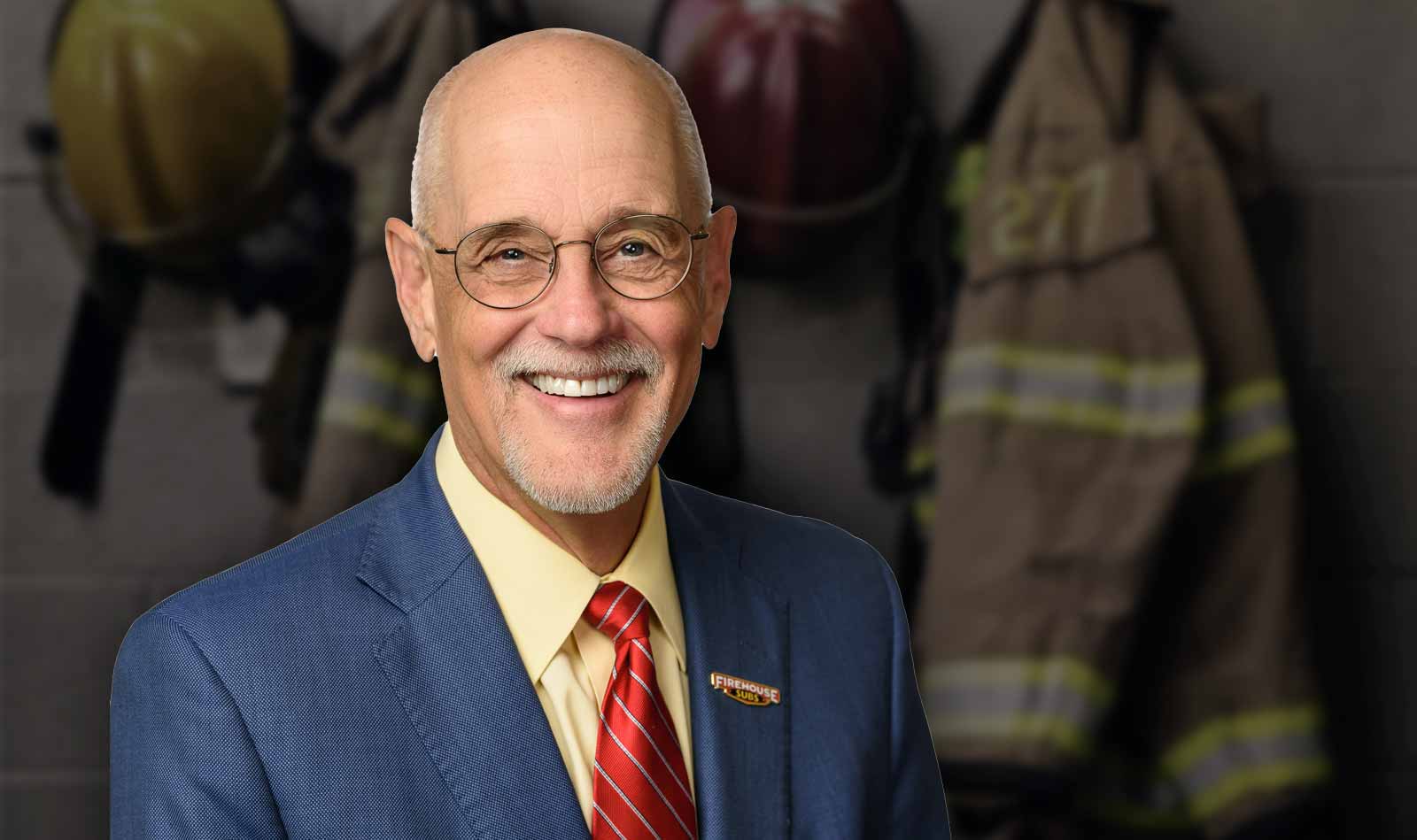A fair argument can be made that the pandemic changed the landscape of fast-casual restaurants more than any other segment of the industry—just think about the other segments for a moment. Quick-service restaurants continue to rock on as they were beforehand. Digital adoption was certainly hastened by COVID-19, but fundamentally, quick-serves continue to be driven (no pun intended) by drive-thrus. Casual-dining restaurants have held on to a larger piece of takeout business than they had pre-pandemic, but the incrementality is questionable. Industry data continues to reflect a softness in traffic that has plagued the dine-in experience for some time.
Fast casual, on the other hand, has adapted one of two ways. One branch adopted a quick-service approach to the business. Convenience and an appeal to off-premises consumption became defining characteristics for the brands that jogged in that direction. Drive-thrus, the presence of which at one time would have disqualified a brand as a bonafide fast casual, have become a must-have for brands on this branch of the segment’s evolutionary tree.
READ MORE: The Future of Fast Casual in 2023 and Beyond
The other branch of fast casual has leaned into their cuisine or other on-site experiential elements of their brand. I imagine that the leaders of some of these brands might cast an envious gaze in the direction of others better suited for passing their meals through a drive-thru window and having it consumed while behind the wheel. At the same time, I am sure many take pride in those elements as important points of distinction and customer appeal.
As time marches on, I do wonder if we will arrive at a point when some fast-casual brands are considered quick-serves without any caveats. A governing body for such classifications doesn’t exist, which creates an interesting prospect for a pundit being so bold as to say, “Brand X, a well-established fast-casual restaurant chain for the past three decades, is now a quick-service restaurant.” Which leads me to the question—what will be the basis for drawing that conclusion? Will it be determined by what percentage of the business is being attributed to a drive-thru? Services times that fall within a prescribed limit? Or perhaps the portability and ease of consumption of the food?
I toss out this stream of thought not to solve the riddle myself, but rather, to stimulate thought around this topic. I remember well the energetic discussions that took place during the 2000s as our industry tried to reach a consensus view on what qualified a brand as a fast casual. If I were to pull those discussion threads out of the archives, I think we would find them to be just short of amusing, given how events have played out.
I think the time has come for many fast-casual brands to be shifted out of that arena. Perhaps an argument could be made for the fast-casual category itself to evaporate—there are simply casual-dining restaurants and quick-service restaurants, period. A fast casual that defies categorizations as a quick-service brand is simply a subset of casual dining. Fast casual would no longer be a cross between quick service and casual dining. It would simply be a variant of casual dining—i.e., casual dining with a hybrid service model. Call it fast casual if you like, but only as a means of defining a service model shy of full service. Some might view that as a matter of semantics, but I see it has a line of differentiation. It may simply be an academic debate, but for those who have committed their lives to the industry, it is a fascinating one! What do you think?
Don Fox is Chief Executive Officer of Firehouse Subs, in which he leads the strategic growth of Firehouse Subs, one of the world’s leading restaurant brands. Under his leadership, the brand has grown to more than 1,200 restaurants in 45 states, Puerto Rico, Canada, and non-traditional locations. Don sits on various boards of influence in the business and non-profit communities, and is a respected speaker, commentator and published author. He was recognized by Nation’s Restaurant News as 2011’s Operator of the Year. In 2013, he received the prestigious Silver Plate Award from the International Food Manufacturers Association (IFMA).

